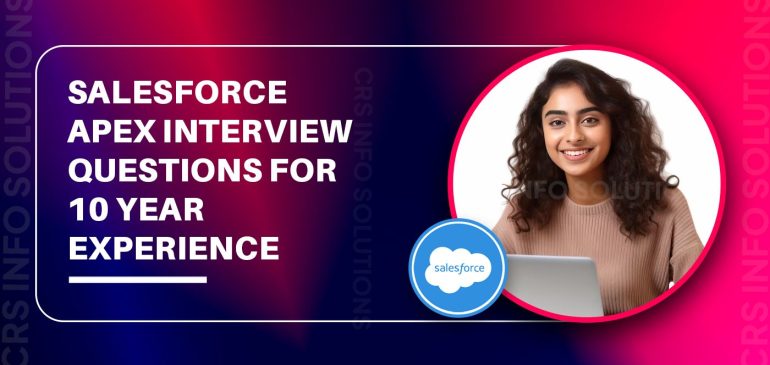Why does Apex deployment fail without errors?
Question: I am trying to deploy a Salesforce package (a zip file) using the Metadata API to a production environment. The same deployment works successfully on my Developer Edition org. The code being deployed has 100% test coverage, and the deployment user has the AuthorApex permission. However, when I attempt…
What Rights Does the InstallHandler Ghost User Have?
Question: When a managed package with a post-install script is installed in Salesforce, the InstallHandler class runs under a special “ghost user.” What privileges does this user have? Is it associated with a documented profile? During investigation, it appears that this user has unusual properties. For example, certain objects like…
Transfer REST API Request Between Salesforce Orgs?
Question: We have two Salesforce orgs: Org1 and Org2. Currently, Org1 receives an inbound API request from an external system. The request is a Salesforce standard composite API call that posts platform event content in the request body. A trigger in Org1 listens to the event and processes the business…
Salesforce Apex Interview Questions for 10 year experience
Table Of Contents As I prepare for the Salesforce Apex Interview Questions for 10 Years of Experience, I realize how crucial it is to master advanced concepts and best practices in Salesforce development. Interviewers are keen to assess my problem-solving abilities and my in-depth knowledge of Apex, the powerful, object-oriented…
Salesforce Reports and Dashboards
Table of Contents Salesforce Reports and Dashboards are like your data’s storytellers. They help you visualize and understand your organization’s information, making it easier to make informed decisions. Think of them as the charts, graphs, and summaries that transform raw data into meaningful insights. Discover the world of Salesforce with…
Salesforce Approval Processes
Table of Contents Salesforce Approval Processes are like automated decision-makers within your organization. Think of them as a set of predefined steps that determine whether certain records or requests get approved or rejected. These processes help organizations streamline decision-making and ensure consistency in their approval workflows. What are Salesforce Approval…
Salesforce Apex Code Best Practices
Table of Contents When developing on the Salesforce platform, adhering to Apex best practices is crucial for ensuring efficient, maintainable, and scalable code. Salesforce Apex best practices such as bulkifying Apex code, avoiding SOQL and DML inside loops, and optimizing queries are essential for performance. Following Apex best practices like…
Synchronous vs. Asynchronous Apex
Table of contents Synchronous and asynchronous Apex are two key execution modes in Salesforce that cater to different operational needs and use cases. Synchronous Apex executes immediately in a single thread, making it ideal for real-time processing where the result is needed instantly. This mode is commonly used in triggers,…
Salesforce Apex Testing Best Practices
Table of contents Introduction to Salesforce Apex Testing Salesforce Apex testing is a critical practice within the Salesforce development ecosystem aimed at ensuring the quality and reliability of Apex code. Apex, Salesforce’s proprietary programming language, allows developers to create custom business logic and integrate with Salesforce data. Testing Apex code…
Salesforce Lightning Components in Simple Terms
Table of contents Salesforce Lightning Components are like building blocks that you can use to create customized and interactive features in your Salesforce environment. Think of them as Lego pieces that you assemble to build your own unique applications and user interfaces. Salesforce Lightning Components are like building blocks that…







